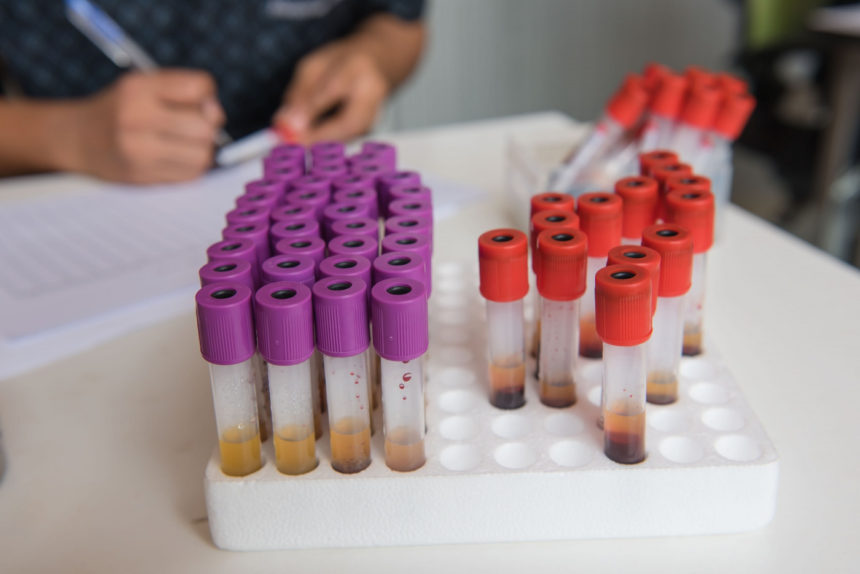This post was originally published on this site
The soluble interleukin 2 receptor (sIL-2R) is more sensitive and specific than the angiotensin-converting enzyme (ACE), one of the most common diagnostic biomarkers of sarcoidosis, at identifying people who might have the disease, a study found.
The findings were reported in the study, “Sensitivity and specificity of serum soluble interleukin-2 receptor for diagnosing sarcoidosis in a population of patients suspected of sarcoidosis,” published in the journal PLOS One.
Sarcoidosis is a rare chronic inflammatory disease of unknown origin that mainly affects the lungs. It is usually diagnosed based on the presence of granulomas — small clumps of immune cells — in different organs that can be visualized in imaging tests, including X-rays, magnetic resonance imaging (MRI), and computed tomography (CT) scans.
In addition to imaging scans, the disease can also be identified through laboratory tests that measure the degree of inflammation in the body. These include tests that measure the levels of ACE, an enzyme excessively produced in granulomas.
“Although ACE is one of the most-used diagnostic biomarkers for sarcoidosis, it lacks sensitivity. High sensitivity is needed when a test is used in the initial diagnostic workup, especially when this test is used to rule out the disease,” the researchers stated.
More recently, studies proposed the use of sIL-2R, a marker of immune cells’ activation that has been associated with inflammation in other types of autoimmune diseases, as a marker of disease activity in people with sarcoidosis.
Now, scientists from the Erasmus University Medical Center in the Netherlands set out to investigate whether sIL-2R could be used as a diagnostic biomarker to identify people with sarcoidosis.
The team reviewed the medical records of a group of people suspected of having sarcoidosis. All had a lab test assessing the blood levels of sIL-2R before receiving a final diagnosis.
Standard diagnostic tests for sarcoidosis, including laboratory tests, imaging scans, and tissue biopsies, were performed on all participants to either confirm or rule out sarcoidosis. The specificity and sensitivity of sIL-2R as a diagnostic biomarker of sarcoidosis was compared to that of ACE.
Of the 983 people whose medical records were screened, 189 were eligible to be included in the study. From these, 101 ended up being diagnosed with sarcoidosis, while the remaining 88 received a different diagnosis, including Sjögren’s syndrome, tuberculosis, multiple sclerosis, or rheumatoid arthritis.
Findings showed that the median levels of sIL-2R were significantly higher among patients who were diagnosed with sarcoidosis, compared to those who were diagnosed with another medical condition — 6,100 pg/mL versus 2,600 pg/mL.
“Thus, in a group of patients who have not yet received a definitive diagnosis, but are suspected of sarcoidosis, serum sIL-2R is able to discriminate between patients with and without sarcoidosis,” the researchers said.
Further analyses also confirmed that compared to ACE, sIL-2R had higher sensitivity (88% versus 62% with ACE) and higher specificity (85% versus 76% with ACE) in identifying people with sarcoidosis.
“Therefore, serum sIL-2R may serve as a diagnostic, discriminating tool, and as a biomarker for patients that are suspected for sarcoidosis. Due to its high sensitivity, sIL-2R can be a useful tool to rule out sarcoidosis in patients suspected of sarcoidosis,” the team concluded.
The post sIL-2R More Sensitive than ACE at Identifying Possible Cases of Sarcoidosis, Study Finds appeared first on Sarcoidosis News.
The post sIL-2R More Sensitive than ACE at Identifying Possible Cases of Sarcoidosis, Study Finds appeared first on BioNewsFeeds.


